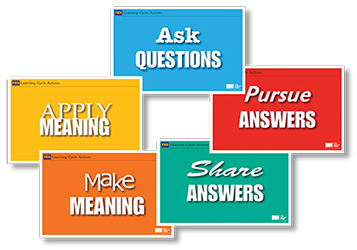May 31/16 Sample Letter of Concern – My Letter to Saskatchewan Roughriders Organization
Your next assignment coming up is to write a Letter of Concern or Complaint. This will include formatting your message, tone, and purpose more carefully in order to get the type of response you’re hoping for.
As an example of this type of writing, I’m sharing with you the Letter of Concern I wrote earlier this year to the Saskatchewan Roughriders Organization. It was in response to bullying behaviour my family and I were subjected to by a number of people in a group of seasons ticket holders. I spent quite a bit of time drafting and revising this Letter of Concern, specifically because I wanted it to be well-received and result in action on the Roughrider Organization’s part, which it certainly did.
I was very pleased that, after reading this letter, the following happened:
- the Security Manager called my brother personally to offer an apology for how we were treated and got more information from him of the day’s events
- the Security Manager was able to finally get a meeting, specifically as a result of this letter, with the Rider Organization Managers to address security issues that were ongoing and not yet addressed
- it resulted in some formal changes being approved after that meeting and more specific security features enacted, such as:
- more security personnel in specific parts of the stadium
- cards being handed out pre-game with text info to request security’s assistance during the game
- for my brother, 10 already-purchased seats for an upcoming game were upgraded to be positioned directly behind the Roughrider bench
- He was also given pre-game field passes for h to observe the warm up and interact with the Rider players.
We were very happy with the actions taken by the organization as a result of the concerns relayed through this letter. A carefully articulated message can definitely draw results, which is what you are to consider as you will play a role in future issues being addressed in Canada.
Sample Letter of Concern: My letter sent to the Roughrider Organization
 w for any learning/work opportunity after graduation, do most people follow the same path anyway – head to University or SIAST?
w for any learning/work opportunity after graduation, do most people follow the same path anyway – head to University or SIAST?
